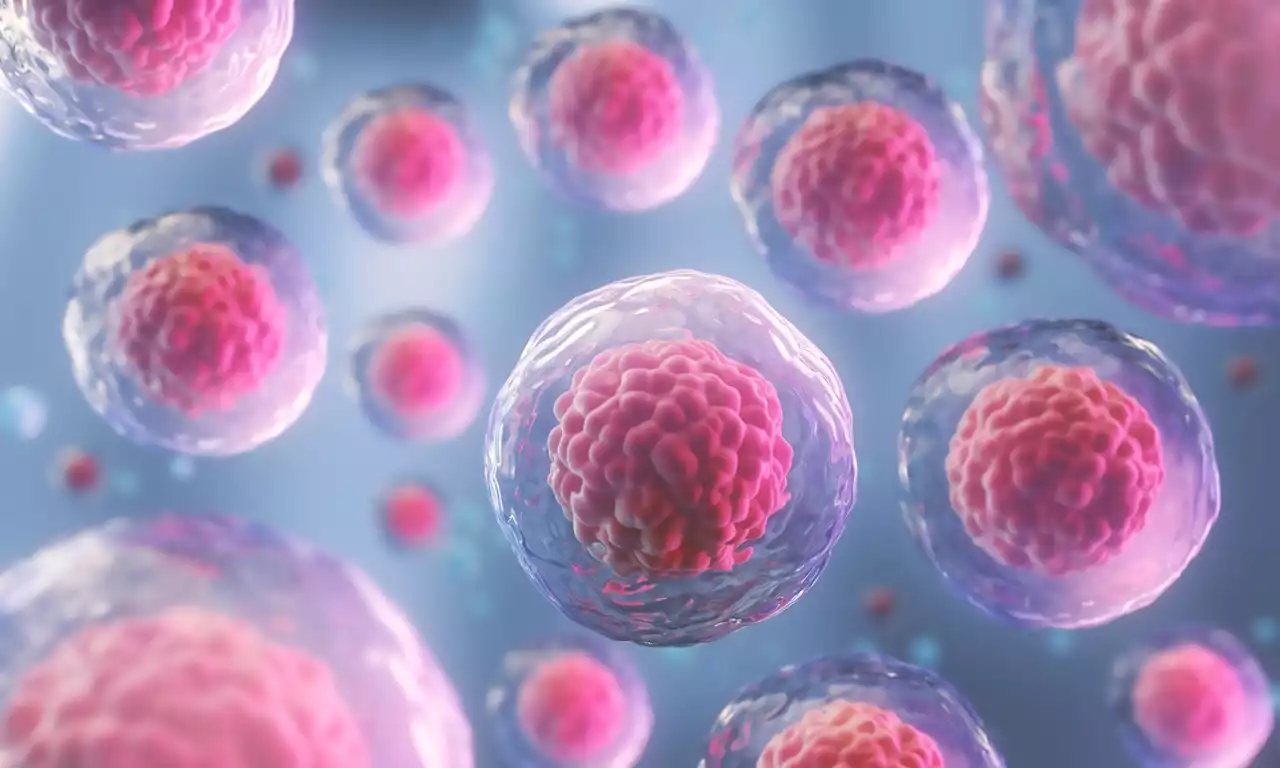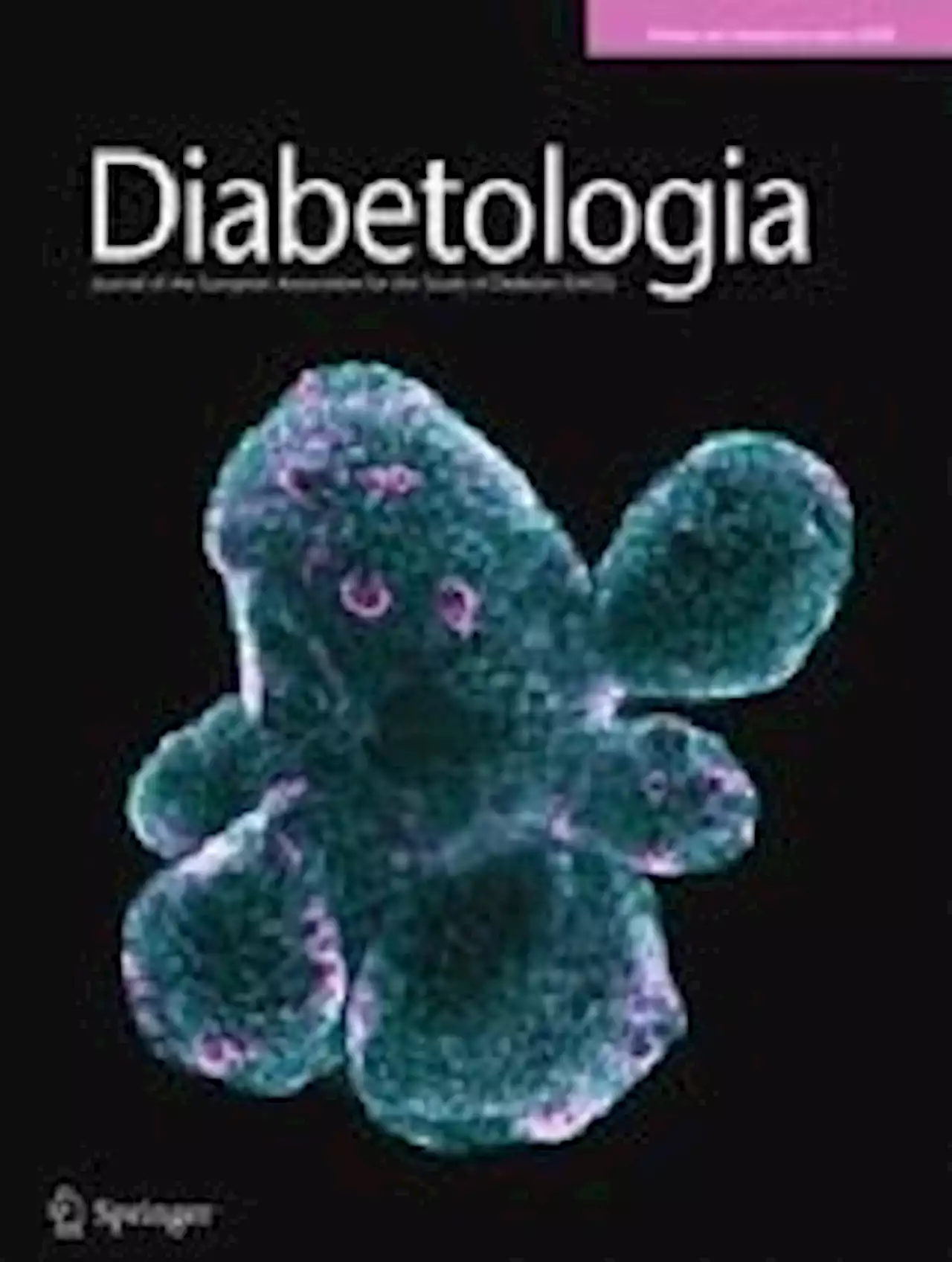A study in Cancer Cell International finds that high expression of POLA2 gene is corelated with malignant phenotypes, gene mutation and worse outcomes in hepatocellular carcinoma.
HepG2, SMMC-7721 cells and collected tissues were assayed using RIPA buffer. BCA was used to measure total protein concentration. Proteins were then separated by 10% SDS-PAGE and transferred to PVDF membranes. The membranes were blocked with 5% nonfat milk and incubated with mono-antibodies against POLA2 ,
and PD-L1 . Afterward, the membranes were washed with TBST and incubated with secondary antibodies HRP* Goat Anti Mouse IgG or HRP* Goat Anti-Rabbit IgG . The results were measured with an enhanced chemiluminescence system. The imageQuant LAS500 was provided by GE Health Care . Chemiluminescent HRP Substrate was obtained from Millipore Corporation . The intensity of the protein bands was determined by ImageJ software.
protein was used for normalization.Cell viability was detected by CCK-8 method and measured using a Multiskan FC Microplate Photometer at 450 nm absorbance. In colony formation assay, about 700 logarithmic growth phase cells per well were inoculated in culture dishes and cultured for about 10–14 days. Change the culture medium every three days, then 4% paraformaldehyde and 0.5% crystal violet staining solution were used to fixed and stained the cloned cells.
Belgique Dernières Nouvelles, Belgique Actualités
Similar News:Vous pouvez également lire des articles d'actualité similaires à celui-ci que nous avons collectés auprès d'autres sources d'information.
 The emerging role of MicroRNA-182 in tumorigenesis; a promising therapeutic target - Cancer Cell InternationalA wide range of studies have indicated that microRNAs (miRNAs), a type of small single-stranded regulatory RNAs, are dysregulated in a different variety of human cancers. Therefore, they are expected to play important roles in tumorigenesis by functioning as oncogenic (oncomiRs) or tumor-suppressive miRNAs. Subsequently, their potential as diagnostic and therapeutic targets for malignancies has attracted attention in recent years. In particular, studies have revealed the aberrant expression of miR-182 through tumorigenesis and its important roles in various aspects of malignancies, including proliferation, metastasis, and chemoresistance. Accumulating reports have illustrated that miR-182, as a dual-role regulator, directly or indirectly regulates the expression of a wide range of genes and modulates the activity of various signaling pathways involved in tumor progression, such as JAK / STAT3, Wnt / β-catenin, TGF-β, and P13K / AKT. Therefore, considering the high therapeutic and diagnostic potential of miR-182, this review aims to point out the effects of miR-182 dysregulation on the signaling pathways involved in tumorigenesis.
The emerging role of MicroRNA-182 in tumorigenesis; a promising therapeutic target - Cancer Cell InternationalA wide range of studies have indicated that microRNAs (miRNAs), a type of small single-stranded regulatory RNAs, are dysregulated in a different variety of human cancers. Therefore, they are expected to play important roles in tumorigenesis by functioning as oncogenic (oncomiRs) or tumor-suppressive miRNAs. Subsequently, their potential as diagnostic and therapeutic targets for malignancies has attracted attention in recent years. In particular, studies have revealed the aberrant expression of miR-182 through tumorigenesis and its important roles in various aspects of malignancies, including proliferation, metastasis, and chemoresistance. Accumulating reports have illustrated that miR-182, as a dual-role regulator, directly or indirectly regulates the expression of a wide range of genes and modulates the activity of various signaling pathways involved in tumor progression, such as JAK / STAT3, Wnt / β-catenin, TGF-β, and P13K / AKT. Therefore, considering the high therapeutic and diagnostic potential of miR-182, this review aims to point out the effects of miR-182 dysregulation on the signaling pathways involved in tumorigenesis.
Lire la suite »
 Study finds impaired beta cell function associated with severe COVID-19-induced hyperglycemiaStudy finds impaired beta cell function associated with severe COVID-19-induced hyperglycemia Nature betacell covid COVID19 SARSCoV2 hyperglycemia
Study finds impaired beta cell function associated with severe COVID-19-induced hyperglycemiaStudy finds impaired beta cell function associated with severe COVID-19-induced hyperglycemia Nature betacell covid COVID19 SARSCoV2 hyperglycemia
Lire la suite »
 Study reveals potential target for repairing beta-cell dysfunction in Type 2 diabetesStudy reveals potential target for repairing beta-cell dysfunction in Type 2 diabetes Nature type2diabetes T2D betacelldysfunction target betacell
Study reveals potential target for repairing beta-cell dysfunction in Type 2 diabetesStudy reveals potential target for repairing beta-cell dysfunction in Type 2 diabetes Nature type2diabetes T2D betacelldysfunction target betacell
Lire la suite »
 Eternal youth? Chemical cocktails prove effective in cell age reversalEternal youth? Chemical cocktails prove effective in cell age reversal harvardmed chemicalcocktail cocktail cellage cell cellbiology age aging agereversal reversal
Eternal youth? Chemical cocktails prove effective in cell age reversalEternal youth? Chemical cocktails prove effective in cell age reversal harvardmed chemicalcocktail cocktail cellage cell cellbiology age aging agereversal reversal
Lire la suite »
 Reversal of dual epigenetic repression of non-canonical Wnt-5a normalises diabetic corneal epithelial wound healing and stem cells - DiabetologiaAims/hypothesis Diabetes is associated with epigenetic modifications including DNA methylation and miRNA changes. Diabetic complications in the cornea can cause persistent epithelial defects and impaired wound healing due to limbal epithelial stem cell (LESC) dysfunction. In this study, we aimed to uncover epigenetic alterations in diabetic vs non-diabetic human limbal epithelial cells (LEC) enriched in LESC and identify new diabetic markers that can be targeted for therapy to normalise corneal epithelial wound healing and stem cell expression. Methods Human LEC were isolated, or organ-cultured corneas were obtained, from autopsy eyes from non-diabetic (59.87±20.89 years) and diabetic (71.93±9.29 years) donors. The groups were not statistically different in age. DNA was extracted from LEC for methylation analysis using Illumina Infinium 850K MethylationEPIC BeadChip and protein was extracted for Wnt phospho array analysis. Wound healing was studied using a scratch assay in LEC or 1-heptanol wounds in organ-cultured corneas. Organ-cultured corneas and LEC were transfected with WNT5A siRNA, miR-203a mimic or miR-203a inhibitor or were treated with recombinant Wnt-5a (200 ng/ml), DNA methylation inhibitor zebularine (1–20 µmol/l) or biodegradable nanobioconjugates (NBCs) based on polymalic acid scaffold containing antisense oligonucleotide (AON) to miR-203a or a control scrambled AON (15–20 µmol/l). Results There was significant differential DNA methylation between diabetic and non-diabetic LEC. WNT5A promoter was hypermethylated in diabetic LEC accompanied with markedly decreased Wnt-5a protein. Treatment of diabetic LEC and organ-cultured corneas with exogenous Wnt-5a accelerated wound healing by 1.4-fold (p|0.05) and 37% (p|0.05), respectively, and increased LESC and diabetic marker expression. Wnt-5a treatment in diabetic LEC increased the phosphorylation of members of the Ca2+-dependent non-canonical pathway (phospholipase Cγ1 and protein kinase Cβ; by 1.15-fold [
Reversal of dual epigenetic repression of non-canonical Wnt-5a normalises diabetic corneal epithelial wound healing and stem cells - DiabetologiaAims/hypothesis Diabetes is associated with epigenetic modifications including DNA methylation and miRNA changes. Diabetic complications in the cornea can cause persistent epithelial defects and impaired wound healing due to limbal epithelial stem cell (LESC) dysfunction. In this study, we aimed to uncover epigenetic alterations in diabetic vs non-diabetic human limbal epithelial cells (LEC) enriched in LESC and identify new diabetic markers that can be targeted for therapy to normalise corneal epithelial wound healing and stem cell expression. Methods Human LEC were isolated, or organ-cultured corneas were obtained, from autopsy eyes from non-diabetic (59.87±20.89 years) and diabetic (71.93±9.29 years) donors. The groups were not statistically different in age. DNA was extracted from LEC for methylation analysis using Illumina Infinium 850K MethylationEPIC BeadChip and protein was extracted for Wnt phospho array analysis. Wound healing was studied using a scratch assay in LEC or 1-heptanol wounds in organ-cultured corneas. Organ-cultured corneas and LEC were transfected with WNT5A siRNA, miR-203a mimic or miR-203a inhibitor or were treated with recombinant Wnt-5a (200 ng/ml), DNA methylation inhibitor zebularine (1–20 µmol/l) or biodegradable nanobioconjugates (NBCs) based on polymalic acid scaffold containing antisense oligonucleotide (AON) to miR-203a or a control scrambled AON (15–20 µmol/l). Results There was significant differential DNA methylation between diabetic and non-diabetic LEC. WNT5A promoter was hypermethylated in diabetic LEC accompanied with markedly decreased Wnt-5a protein. Treatment of diabetic LEC and organ-cultured corneas with exogenous Wnt-5a accelerated wound healing by 1.4-fold (p|0.05) and 37% (p|0.05), respectively, and increased LESC and diabetic marker expression. Wnt-5a treatment in diabetic LEC increased the phosphorylation of members of the Ca2+-dependent non-canonical pathway (phospholipase Cγ1 and protein kinase Cβ; by 1.15-fold [
Lire la suite »
 Analysis of Lipids Concentrating on Graphene OxideA study team (Professor Ryugo Tero et al.) from the Department of Applied Chemistry and Life Science at the Toyohashi University of Technology found a phenomenon in which particular lipids were concentrated on graphene oxide in a multicomponent lipid bilayer membrane acting as a cell membrane model.
Analysis of Lipids Concentrating on Graphene OxideA study team (Professor Ryugo Tero et al.) from the Department of Applied Chemistry and Life Science at the Toyohashi University of Technology found a phenomenon in which particular lipids were concentrated on graphene oxide in a multicomponent lipid bilayer membrane acting as a cell membrane model.
Lire la suite »
